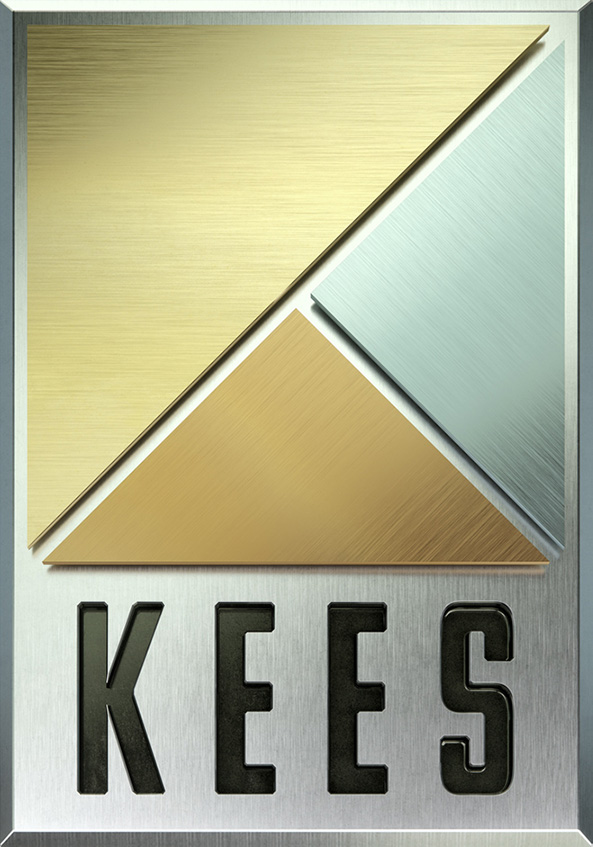5 Tips to Get the Industrial Hood You Need
June 25, 2021
There’s a lot to consider when you are choosing an industrial hood for a specific application. David Berres, KEES engineer and industrial hood expert, shares five tips to ensure you get just what you need.
1. Know where the hood will be located
For the best possible exhaust flow, make sure the hood shape/profile matches the machinery or process and pulls the effluent away from the worker. For example, a barrel hood fits perfectly around the curved edges of a barrel for optimal capture. Also, side skirts can be used to block crossdrafts and help guide the direction of exhaust airflow. Where workers are involved, consider the placement of an overhead canopy or backshelf hood to safely pull exhausted air away from them.
Knowing the environment also helps to determine the hood type and material. Hood type will vary based on the best place to mount the hood -- whether it’s wall, ceiling, or at the work surface. When it’s difficult to get close to the contaminant source due to the process, fully enclosed hoods may provide the best solution. Additionally, when there is moisture or chemicals in the airstream consider aluminum or stainless steel construction to ensure material integrity.
2. Understand the exhaust process
If the process is wet, oversize the duct collar to keep the ductwork and any airstream related condensation inside the hood. Additionally, drain fittings may be required for a wet process. If needed, the manufacturer can weld one in place to save you installation time and expense on site. Examples of a wet process include autoclave steam disinfection for medical/dental equipment and pharmaceutical processes.
If the process is dry, you may choose to undersize the duct collar for an easier duct connection. This includes processes like welding, grinding, powder mixing, or other common shop operations.
If the process is toxic, consider a fully enclosed hood for optimal capture of the contaminants.
3. Add baffles or make slots adjustable
Consult the ACGIH Manual for airflow requirements. If you need to increase the capture velocity in localized areas, baffles and adjustable slots are solutions.
Baffles increase velocity in localized areas and are used in grinding, abrasive blasting or tumbling workstations where particulates are prevalent. If there are cross currents, such as a shop with open garage doors, you may also need higher capture velocity.
The use of adjustable slots is another great option to make a hood more versatile. If the manufacturing process or air flow requirements change then the opening of the slots can easily be revised.
4. Consider balancing dampers/blast gates
Some situations require connecting multiple hoods to a common exhaust duct manifold. For example, envision a wall of backshelf hoods in a school or manufacturing setting. When joined to a single exhaust fan, the ability to balance the airflow between hoods is critical. If this is not achieved, the exhaust fan may pull more air from the closest hoods in line and less air from the hoods farthest away, preventing proper capture. Additionally, not all hoods/stations may be used at the same time and some need to be shut off for efficiency. Balancing dampers/blast gates can help to regulate the airflow between hoods for the perfect capture velocity.
5. Think ahead about on-site resources
Do you need to turn tight corners, use freight elevators, or only have manpower (and no lifts) on site? Consider multi-section hoods for easier installation.
Also, think about how you’ll mount the hood when it arrives on site. Where are your structural anchor points? Do you need hanger brackets for suspension from structural steel or wall mounting brackets? Planning ahead can ensure that when the product arrives it’s ready to install, requiring minimal installation time. This tip is especially important for custom and oversized hoods.
While many industrial hood applications can be satisfied by standard product offerings, did you know that a significant number require custom products? KEES can help with both. Contact David and see how he can help to create the exact industrial hood you need.
